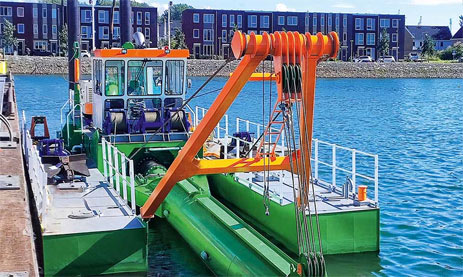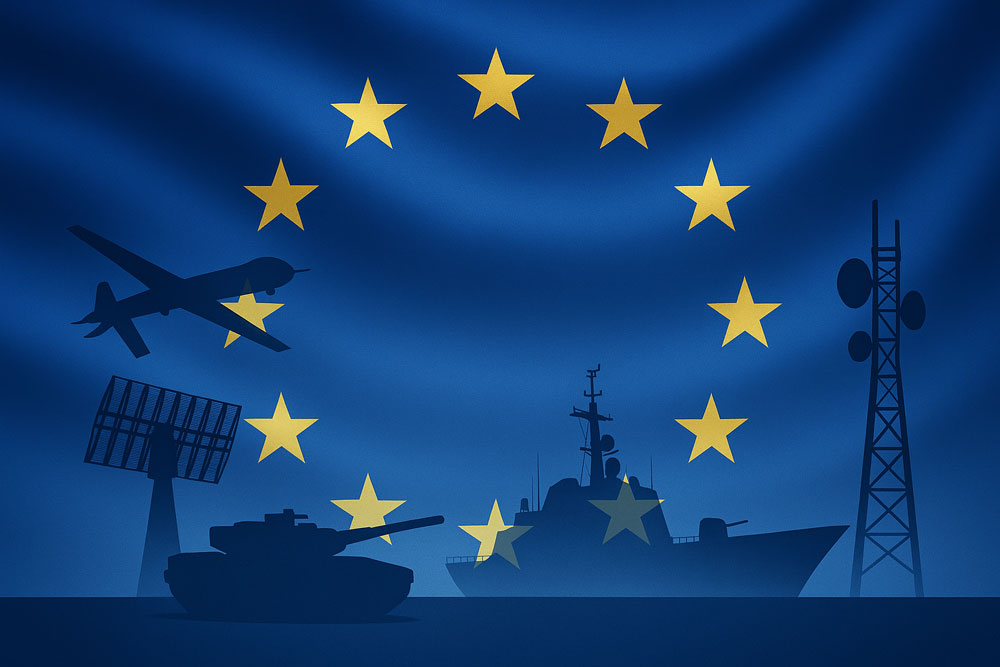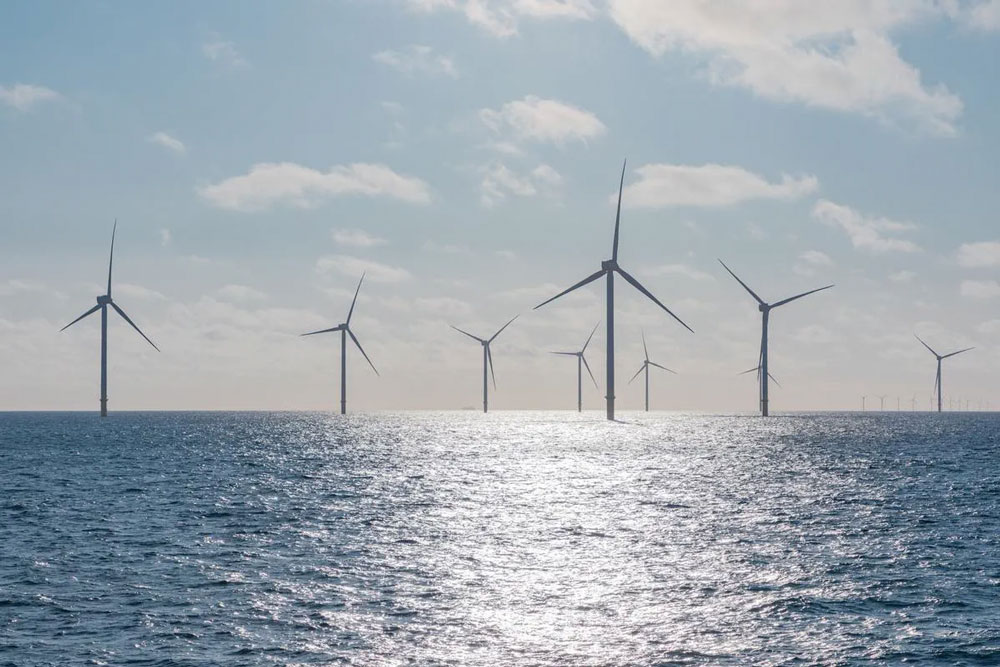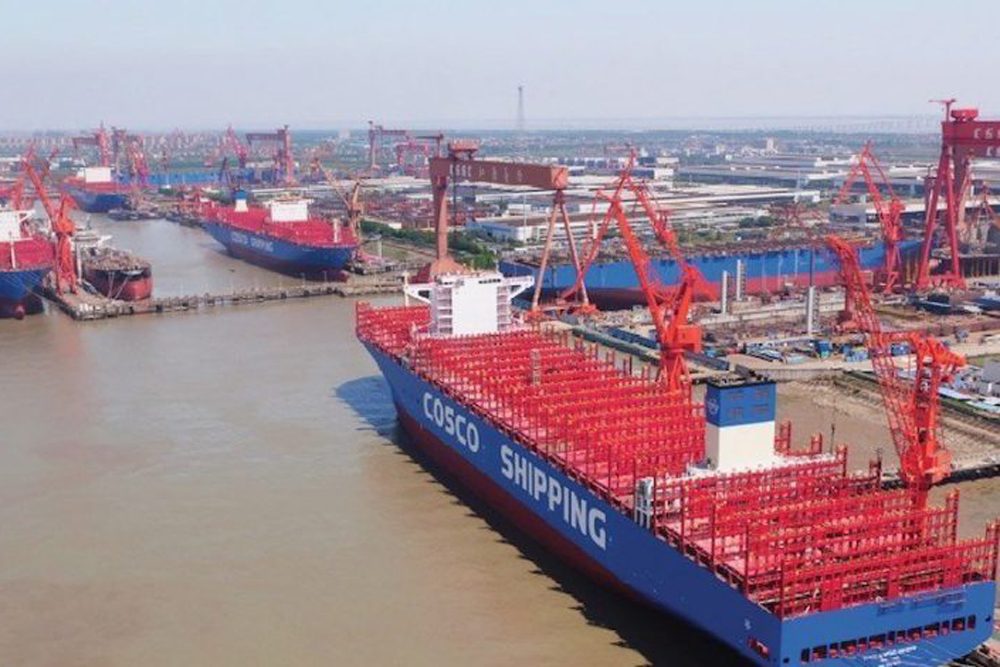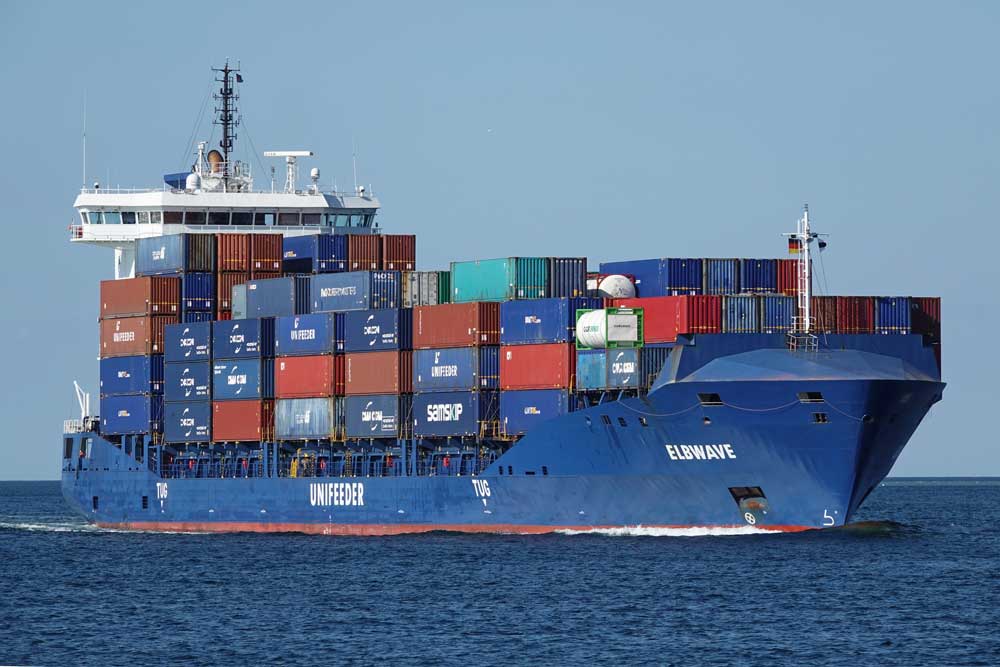The insolvency of FSG-Nobiskrug is not the first to show that the shipyards in Germany are in a bad way.
How can the future of the industry be secured? According to Christian Finnern, Head of Germany and Head of the Transport Sector at the law firm Watson Farley & Williams, one concrete possibility lies in the expansion of offshore wind power.
FSG-Nobiskrug is on the brink of collapse, Fosen in Stralsund has been insolvent since the summer, Meyer Werft in Papenburg is reliant on state aid – and that’s just the news from this year. It is not without reason that many industry insiders have become pessimistic. Is there a threat of a major shipyard collapse, or are we already in the middle of it?
Reorientation of the shipyards
One thing is certain: in order to secure the future of shipyards in Germany, a reorientation is necessary; into a new market with untapped potential. The growing offshore wind power segment offers such an opportunity. Both ships and platforms are needed to achieve the ambitious expansion targets – and both can be produced in German shipyards.
“The installed capacity of offshore wind energy in Germany is set to increase to 30 GW by 2030 and to at least 70 GW by 2045,” Finnern told HANSA in an exclusive assessment. “According to estimates, current and planned projects could require up to 100 Construction Service Operation Vessels (CSOV) and Service Operation Vessels (SOV), plus up to 30 converter platforms.”
Is offshore wind power opening up a new market?
The enormous market potential behind this is illustrated by the costs of around €2.5bn estimated by the Federal Ministry for Economic Affairs and Climate Protection for the construction of a converter platform. “German shipyards, which have specialised in highly complex ships in recent years, could play a significant role in this billion-euro market,” says Finnern.
One example of this is Meyer Werft, which began building four offshore converter platforms in July. Peter Barth, Co-Managing Director of the client Amprion Offshore, has already emphasised that “at least 150” are needed for the expansion of wind power in Europe. “And when the last one is finished, the first one will be crying out for renewal.” This opens up a new market for German shipyards – on a scale “that nobody has to be afraid of losing out,” added Dieter Janecek, maritime coordinator for the German government.
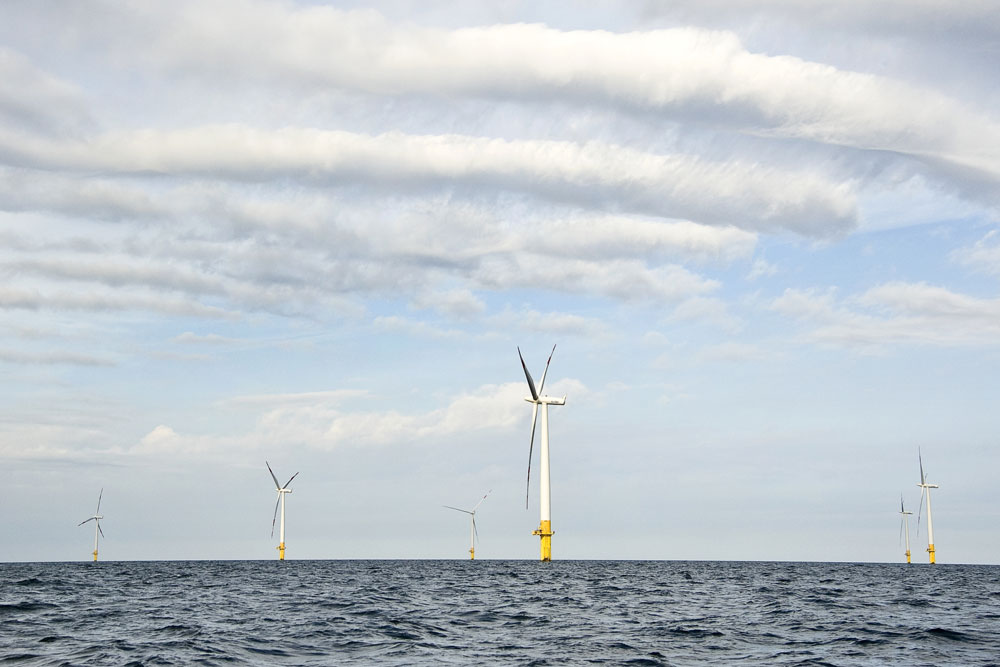
The state must promote the industry
In order to exploit this market and the associated opportunities, however, state support is needed. Finnern sees funding programs such as the special guarantee program for converter platforms and the EU funding program “CEF Energy” as good approaches, but calls for further targeted incentives for the industry.
The legal expert points to the competition from Asia and Scandinavia for comparison: “In both regions, maritime companies receive considerable political support,” says Finnern. In Germany, this support still leaves a lot to be desired – which also means that the potential has not yet been recognised. In order to keep German shipyards competitive in a global market and to be able to use their technological expertise, targeted support programs are “essential”. Shipyards need long-term planning security, contracts for major projects and targeted investments in modern production capacities.”
Declaring offshore wind farms as critical infrastructure
Finnern also sees another factor in the legal regulation of offshore infrastructure. “The combination of energy, infrastructure and transportation aspects in the context of sustainable investments in the sense of the EU taxonomy makes the financing of corresponding development projects attractive for various investor groups – from energy companies to infrastructure funds,” explains the legal expert. According to him, offshore wind power is a growing market that has the potential to provide a large number of companies with long-term contracts.
The BSI Criticism Ordinance and the BSI Act must also be taken into account. “Offshore wind farms and the associated energy infrastructure could be classified as critical infrastructure, which could influence the selection of companies involved in the overall context,” says Finnern.
“Future legislative processes, such as the possible amendment of the German Wind Energy at Sea Act (WindSeeG), could further specify the framework for offshore projects. At the same time, developments in European state aid law must be observed, as subsidies for shipyards are regularly examined in terms of competition law. The most recent decisions of the European Court of Justice on state aid in the energy sector provide guidance here.”
For German companies, the “boom” in the offshore sector is a welcome opportunity to play a “key role in the energy transition”. Finnern is not only looking at the German market: The expertise, government funding and sustainably invested capital will also strengthen the competitiveness of shipyards internationally, he says.







